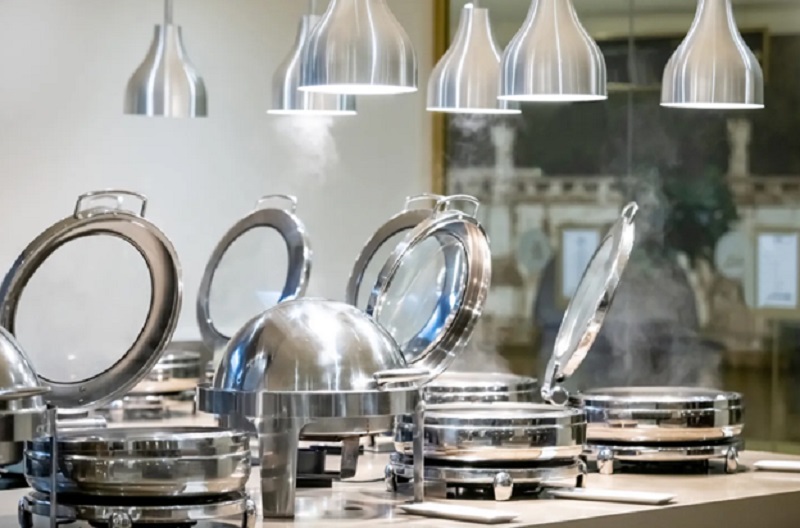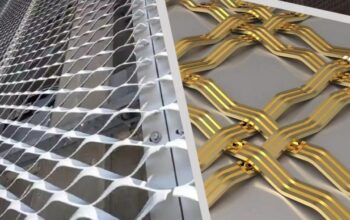Behind every delicious dish served in a bustling restaurant lies a network of reliable tools, appliances, and machinery. The rhythm of any professional kitchen, whether a cosy bistro or a high-end establishment, depends not only on culinary talent but also on the quality of its restaurant catering equipment. From morning preparations to evening service, this equipment ensures that chefs and kitchen staff can work with speed, accuracy, and efficiency.
Whether it’s ovens that cook evenly, refrigeration units that keep ingredients fresh, or prep stations that support cleanliness and order, the equipment acts as the unseen yet essential backbone of every kitchen. Without it, even the most well-planned menu would struggle to materialize.
The Role of Efficiency in a Fast-Paced Environment
Time is a precious commodity in the hospitality industry. In a space where multiple orders fly in and out within minutes, delays and errors can quickly disrupt the flow of service. The right catering equipment helps maintain order amid the chaos. When food processors chop swiftly, fryers heat consistently, and grills maintain their temperature, it allows chefs to focus on flavour and presentation rather than on compensating for inadequate tools.
Equipment efficiency also leads to energy savings and reduced waste. For example, energy-efficient appliances support the sustainability efforts of a restaurant, lowering monthly utility bills while minimising environmental impact. These benefits make such investments worthwhile in both the short and long term.
Supporting Safety, Hygiene, and Professional Standards
A clean kitchen is a safe kitchen. High-quality restaurant catering equipment plays a pivotal role in upholding hygiene standards. Stainless steel surfaces, commercial dishwashers, and properly sealed storage units help reduce contamination risks, enabling restaurants to comply with health regulations.
Additionally, modern equipment often incorporates safety features that protect kitchen staff. From automatic shut-off functions to ergonomic designs that prevent strain, manufacturers have developed tools that put staff well-being at the forefront. When employees work in a safe and comfortable environment, productivity naturally improves.
Adapting to Changing Culinary Needs
The food industry does not stand still. Customer expectations shift, dietary trends evolve, and menus are frequently updated to reflect the times. Versatility in restaurant catering equipment enables chefs to meet these changes with confidence. Multi-functional appliances, for instance, allow one piece of equipment to handle several cooking techniques—steaming, grilling, or roasting—within a single unit.
This adaptability not only helps maintain variety in offerings but also supports smaller kitchens where space is limited. Choosing the right equipment ensures restaurants stay agile without compromising quality or consistency in their dishes.
Reducing Maintenance Issues and Downtime
Frequent equipment breakdowns can bring a kitchen’s operations to a standstill. Investing in robust restaurant catering equipment reduces the likelihood of unexpected faults, thereby avoiding unnecessary disruption during busy service hours. Well-constructed machinery tends to require fewer frequent repairs and often comes with reliable support from manufacturers. Regular maintenance becomes more straightforward, allowing kitchens to remain operational without costly delays. By choosing equipment known for durability and reliability, restaurant owners not only maintain momentum during peak times but also protect their investment over time.
Making a Long-Term Investment in Growth
Purchasing catering equipment should not be viewed as a mere transaction, but rather as an investment in a business’s success. Durable, well-maintained tools can last for years, withstanding the wear and tear of daily use while delivering consistent performance.
Moreover, quality equipment can enhance a restaurant’s reputation. Customers may not see what goes on behind the scenes, but they taste the difference in timely, well-prepared meals. In turn, this can lead to positive reviews, return visits, and strong word-of-mouth recommendations—all critical for long-term growth.
Final Thoughts:
The success of a restaurant hinges on more than just recipes or decor; it is also shaped by the functional power of its kitchen. By investing in dependable restaurant catering equipment, businesses lay the groundwork for smooth operations, safety, and culinary excellence. From helping teams work more efficiently to supporting the ever-evolving demands of the food scene, the right equipment ensures every meal leaves a lasting impression.
When selected with care and maintained properly, this equipment becomes a quiet yet constant ally in delivering exceptional service. So, whether starting from scratch or upgrading an existing kitchen, making wise choices in catering equipment can lead to smoother shifts, satisfied customers, and a thriving business overall.





